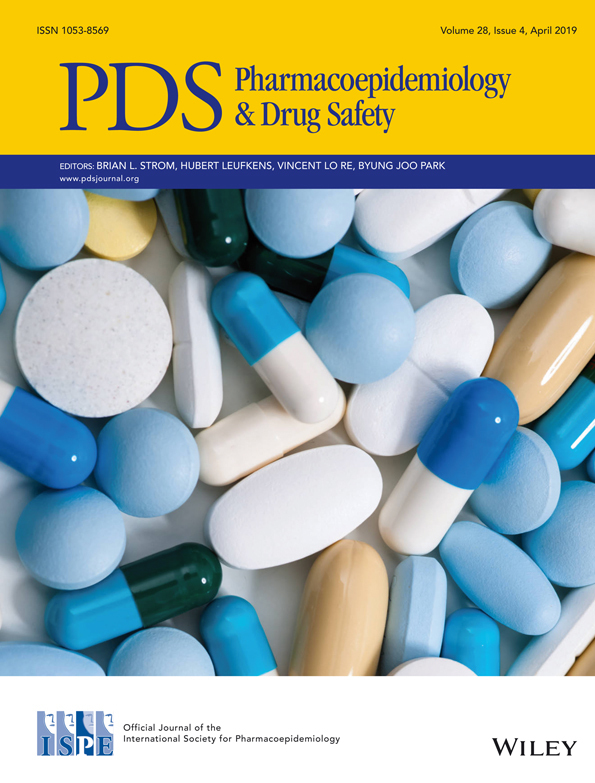Secret safety warnings on medicines: A case study of information access requests
Abstract
Purpose
There has been less attention to the transparency of postmarket evidence of harmful effects of medicines than of premarket clinical trial data. This is a case study of requests for Australian “direct health professional communications” (DHPCs). These letters are used by regulators and manufacturers to inform clinicians of emergent evidence of harm. DHPCs are not made public by Australia's Therapeutic Goods Administration (TGA).
Methods
We requested all DHPCs sent out in Australia from 2007 to 2016 inclusive for 207 drugs that were subject to safety advisories over this decade in Canada, the United Kingdom, and/or the United States. We contacted 39 manufacturers (February to May 2018), with repeat requests to nonrespondents, and a follow-up freedom-of-information (FOI) request to the TGA.
Results
Fifteen companies provided information, either sending DHPCs (n = 4, on five drugs) or affirming none were sent out (n = 11). The remaining 24 of 39 (62%) companies did not provide DHPCs: nine (23%) refused the request, often citing commercial confidentiality; the rest provided no answer despite repeat requests. In total, we had no information for 170 of 207 (82%) of the drugs. Our FOI request to the TGA was unsuccessful.
Conclusions
Our experience highlights unacceptable secrecy concerning safety warnings previously sent to thousands of Australian clinicians. In the absence of explicit regulatory policy supporting disclosure, companies differed in their response. These letters warn of serious and often life-threatening harm and guide safer care; full ongoing public access is needed, ideally in searchable online databases.
CONFLICT OF INTEREST
B.M. was retained as an expert witness in 2015 and 2016 by the law firm representing the plaintiffs in an application for a Canadian class action on cardiovascular risks of testosterone supplements. L.P. is an employee of George Clinical, a clinical research organisation, run by the George Institute for Global Health. George Clinical receives funding for conduct of clinical trials from various pharmaceutical companies. In 2015-2018, J.L. was a paid consultant on three research projects, on indication-based prescribing (US AHRQ funding), conservative diagnosis (Gordon and Betty Moore Foundation) and a publicly funded Ontario GP formulary. He was a paid panel member on Pharmacare in Canada (Canadian Institute, non-profit) and was paid to write a brief for a law firm. He is member of the Foundation Board of Health Action International and the Board of Canadian Doctors for Medicare. None of the other authors have any competing interests to declare.
AUTHOR'S CONTRIBUTION
M.T. and B.M. jointly carried out the analysis, prepared initial and consecutive drafts of the paper, and are joint first authors. M.T. carried out data collection. All authors provided conceptual input on design, analysis, and reporting, edited drafts of this article, and approved the final version. B.M. is guarantor.




